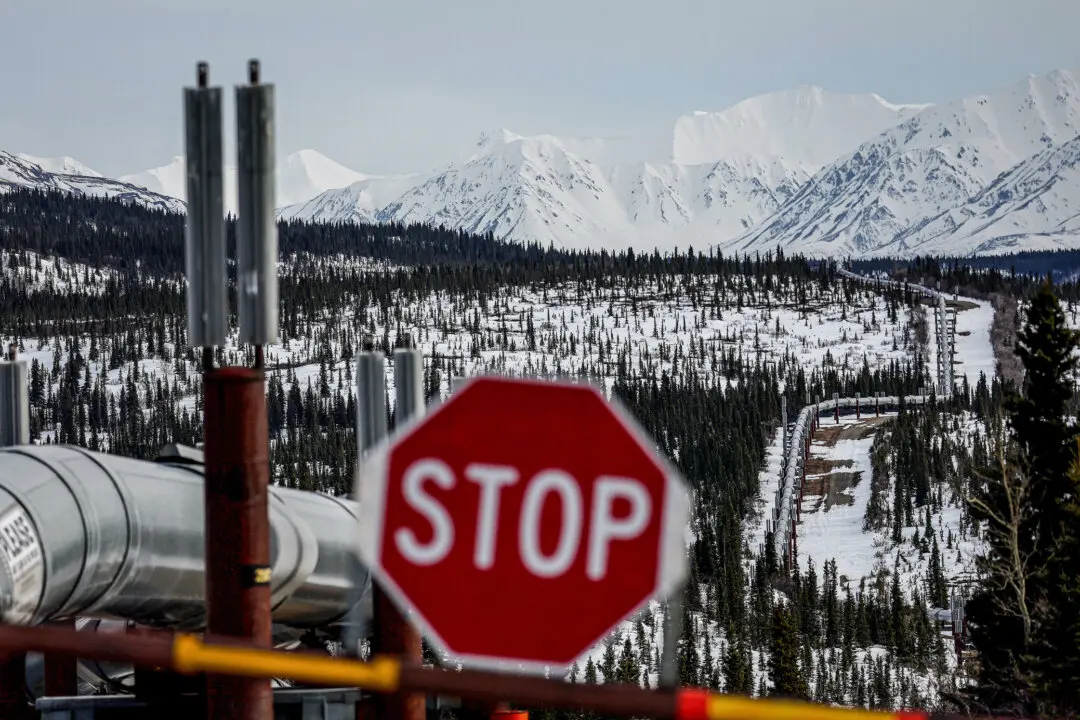U.S. domestic crude oil inventories have posted a weekly increase of 2.6 million barrels as commodity prices remained volatile with the new trade tariffs being imposed by the Trump administration.
There were approximately 442.3 million barrels of inventory, which is about 5 percent lower than the five-year average for this time of year, said the report.
An inventory buildup can signify many things. Besides the effort taken by the federal government to bolster petroleum reserves, an increase in crude oil can signal a jump in overall production of the commodity—an oversupply—or even lower overall usage, that is, people using less fuel due to a decline in demand or lower economic output.
According to the EIA report, crude oil refinery inputs in the United States have gone up weekly by 69,000 barrels per day. There were an average of 15.6 million barrels of inputs for the latest week, with refineries operating at 86.7 percent of their operable capacity.
President Donald Trump’s tariff announcements have been felt in the oil market, with the benchmark WTI Crude falling 12 percent from $71.71 on April 2 to $62.48 on April 9, after the low of 59.58 on April 8.
On April 9, Trump announced a 90-day pause of global tariffs, except for China. The Chinese communist regime was not given relief for the tariffs because of its retaliatory actions against U.S. goods.
However, since Trump has paused his non-China reciprocal tariffs for now, and is currently negotiating with countries on trade deals, it remains to be seen whether the prediction will come true.
Drilling in Alaska
On his first day in office, Trump ordered to “immediately reverse the punitive restrictions implemented by the previous administration that specifically target resource development on both State and Federal lands in Alaska.”He has ordered the expedited leasing of energy and natural resource projects in Alaska, along with developing the state’s liquified natural gas potential.
Along with this, the department is reinstating a program that makes the entire 1.56-million-acre Coastal Plain of the Arctic National Wildlife Refuge available for oil and gas leasing.
The decrease in oil production is attributed to lower output from Iran and Venezuela.
“We expect oil inventories will build and place downward pressure on crude oil prices in late-2025 and through 2026 when we expect OPEC+ unwinds production cuts and non-OPEC oil production grows. As a result, we forecast the Brent crude oil price will fall to an average of $68/b in 2026,” the EIA report read.







